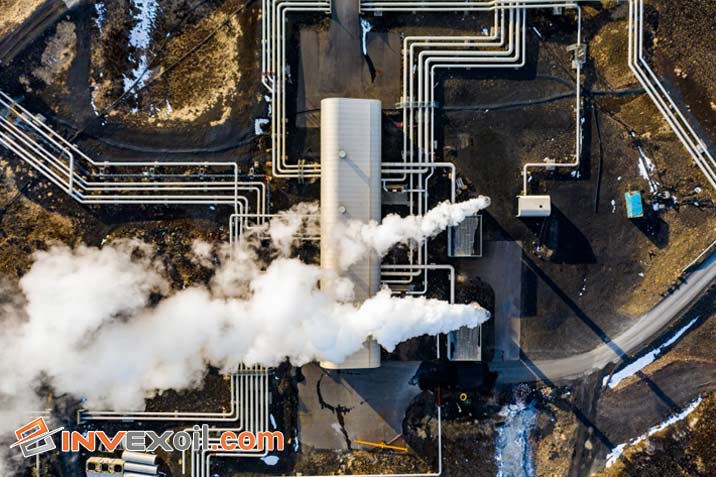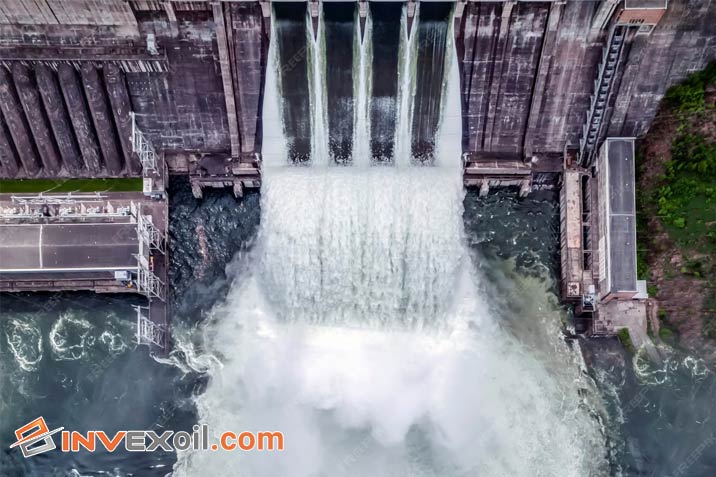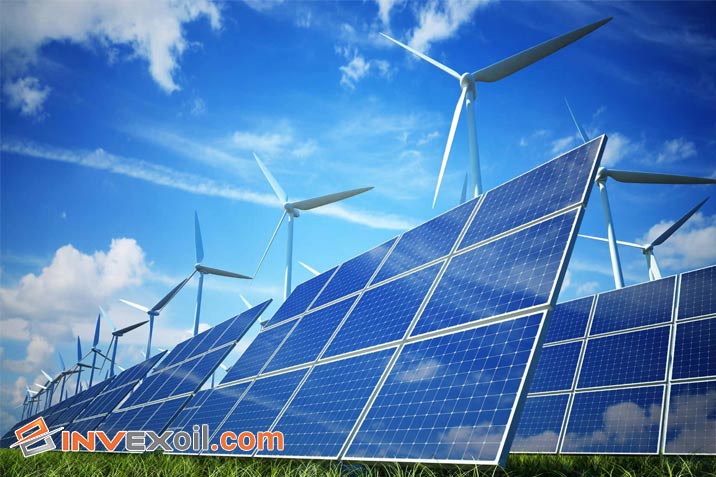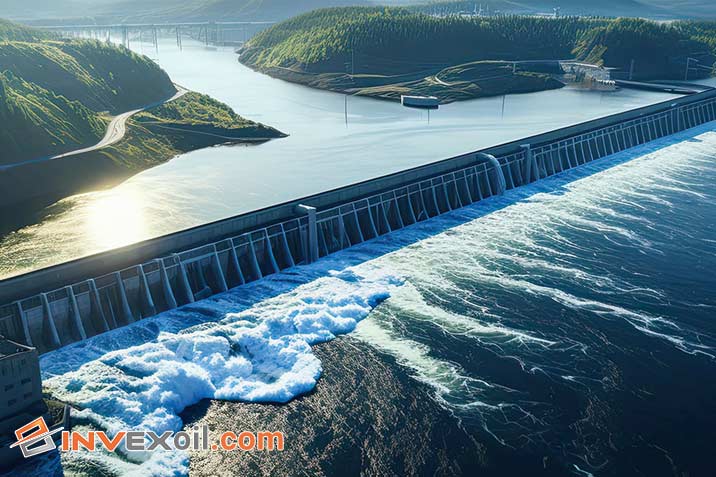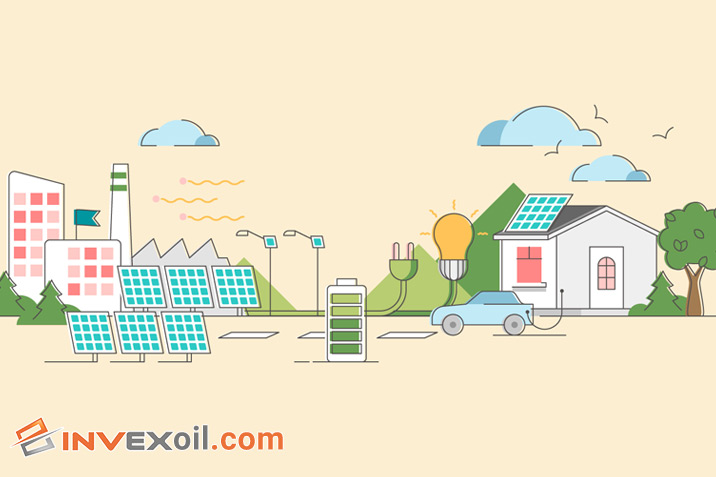Sustainable energy solutions are more pressing than ever in our rapidly changing world. Green energy has emerged as a critical term in this conversation, but what does it encompass? This article dives into the depths of green energy, unraveling its types and benefits in a comprehensive guide.
Each efficient power energy source, from the sun-oriented ability to wind turbines, is a piece of the riddle in our excursion towards a supportable future. For those interested in the viable applications and effects of efficient power energy, this aide, introduced by InvexOil, offers an intensive investigation, complete with genuine models and significant bits of knowledge.
Table of Contents
Types of Green Energy
The domain of environmentally friendly power energy is tremendous and dynamic, enveloping different sources, each outfitting the World’s average assets to create power harmlessly for the ecosystem. We should investigate the different kinds of efficient power energy, featuring how each adds to a feasible future.
Solar Energy: Photovoltaic and Thermal Energy
Sun-oriented energy, outfitted through photovoltaic cells and warm innovation, remains at the forefront of efficient power energy. Photovoltaic cells convert daylight straightforwardly into power, making it a worldwide foundation in sustainable power systems. In 2023, sun-based power reception reached 1,451 GW, demonstrating its developing importance.
| Green Energy Type | Efficiency (%) | Potential Output (Megawatts) |
| Solar Power | Varies (15-22% for PV cells) | Depends on the installation size |
| Wind Power | 35-50% | 2-3 MW per turbine |
| Hydroelectric | Up to 90% | 10 MW per plant (varies) |
| Geothermal | 10-20% | 1-2 MW per plant |
| Biomass | 20-40% | It depends on the facility’s size |
| Biofuels | Varies | Depends on the fuel type |
Types of Green Energy
1- Wind Power: Onshore and Offshore Turbines
Wind power, captured by both onshore and offshore turbines, is another pillar of green energy. These turbines transform wind’s kinetic energy into electricity, offering a clean and efficient energy source. With wind power adoption reaching 1,174 GW by 2023, its role in green energy landscapes continues to expand.
2- Hydroelectric Energy: Rivers and Dams
Hydroelectric energy, generated by water movement in rivers and dams, is one of the most efficient green energy sources. It can produce significant amounts of power, as evidenced by its 2023 adoption rate of 1,269 GW. This method is especially beneficial in regions with abundant water resources.
3- Geothermal Energy: Earth’s Heat
Geothermal energy exploits the Earth’s internal heat to generate electricity and heating. Though its adoption is more location-specific, it offers a reliable and consistent power source. As of 2023, geothermal energy contributes significantly to the green energy mix, especially in geologically active regions.
4- Biomass and Biofuels: Organic Materials as Energy
Biomass and biofuels, derived from organic materials, provide a unique approach to green energy. These resources, including plant waste and biofuels like ethanol, are carbon-neutral over their lifecycle. In 2023, biomass adoption has reached 190 GW, showcasing its role in the global shift towards sustainable energy solutions.
Advantages and Challenges of Green Energy
| Green Energy Type | Advantages | Challenges |
| Solar Power | Renewable, low-emissions | Weather dependent, space-consuming |
| Wind Power | Renewable, cost-effective | Noise pollution, wildlife impact |
| Hydroelectric | High-efficiency, renewable | Ecosystem disruption, high upfront cost |
| Geothermal | Reliable, low-emissions | Location-specific, high initial investment |
| Biomass | Reduces waste, carbon-neutral | Land use, possible air pollution |
| Biofuels | Reduces fossil fuel dependence | Food vs. fuel debate, land use |
Benefits and Drawbacks of Green Energy
Exploring green energy reveals a balance of significant benefits and some notable challenges. This holistic view is essential for understanding the true impact of transitioning to green energy sources.
Environmental Benefits: Reduced Emissions and Sustainability
Environmentally friendly power energy, described by its low carbon impression, is pivotal in relieving environmental change. This supportable energy source lessens ozone-harming substance outflows, making it fundamental in our attempts to safeguard the planet. Vital ecological benefits include:
- Reduced Air Pollution: Green energy sources emit minimal air pollutants, ensuring cleaner air quality.
- Sustainability: By relying on renewable sources like the sun and wind, green energy provides a sustainable power solution that doesn’t deplete our natural resources.
- Biodiversity Preservation: Unlike fossil fuels, green energy production minimizes ecosystem disruption, helping preserve biodiversity.
Economic Benefits: Cost-Effectiveness and Job Creation
The economic benefits of green energy are both direct and far-reaching. With the sector’s growth, numerous economic advantages have emerged, such as:
- Work Creation: The efficient power energy area is severe, prompting critical work creation in assembling, establishment, and upkeep.
- Diminished Energy Expenses: As innovation progresses, the expense of creating environmentally friendly power energy has diminished, making it an undeniably financially savvy answer for the two purchasers and organizations.
- Invigorating Development: The push for environmentally friendly power energy arrangements drives advancement, prompting new business open doors and monetary development.
Green Energy Adoption Statistics (2018-2023)
| Year | Solar Power Adoption (GW) | Wind Power Adoption (GW) | Bioenergy Adoption (GW) | Hydroelectric Adoption (GW) |
| 2018 | 651 | 553 | 161 | 1,214 |
| 2019 | 794 | 625 | 167 | 1,225 |
| 2020 | 894 | 743 | 172 | 1,236 |
| 2021 | 1,048 | 885 | 178 | 1,247 |
| 2022 | 1,239 | 1,027 | 184 | 1,258 |
| 2023 | 1,451 | 1,174 | 190 | 1,269 |
Social Benefits: Health and Community Impact
Green energy also offers substantial social benefits. By reducing pollution, it contributes to public health improvements. Additionally, green energy projects often involve community participation and investment, fostering a sense of ownership and local economic development.
Drawbacks: Implementation Challenges and Resource Limitations
Despite its advantages, green energy faces several challenges:
- Intermittency: Some green energy sources like solar and wind are weather-dependent, leading to intermittency issues.
- High Initial Investment: The initial setup cost for green energy infrastructure can be increased, though long-term returns are favorable.
- Space Requirements: Large-scale green energy projects, like wind farms and solar arrays, require significant space, which can be a constraint in densely populated areas.
Comparing Green Energy with Traditional Energy Sources
A crucial comparison emerges between green and traditional energy sources in the evolving energy landscape. This comparison illuminates the stark differences in efficiency, environmental impact, and economic implications.
Efficiency and Reliability
Green energy sources, while making strides in efficiency, often face the challenge of intermittency. Solar and wind energies, for instance, depend on weather conditions. However, advancements in storage technologies and grid management are enhancing their reliability. On the other hand, traditional energy sources like fossil fuels offer consistent output but are less efficient due to energy losses in extraction and transportation.
Environmental Impact
The environmental impact is a defining factor in the comparison. Environmentally friendly power energy sources fundamentally decrease carbon footprints and are imperative to tend to ecological change. They emanate insignificant ozone-depleting substances and affect air and water quality irrelevantly. Then again, conventional energy sources essentially add to fossil fuel byproducts, air contamination, and natural debasement, frequently prompting unfriendly wellbeing impacts and environmental mischief.
Economic Considerations
Economically, green energy is becoming increasingly competitive. The falling costs of renewable technologies and long-term sustainability make them a financially viable option. They also foster job creation and innovation in new sectors. Traditional energy sources, while established, face challenges like volatile market prices and finite resources, which can lead to economic instability.
Green Energy in Action: Real-Life Examples
The transformative power of green energy is best illustrated through real-life examples. These case studies and personal implementations showcase green energy’s practical applications and impact in various settings.
Case Studies of Successful Green Energy Projects
- Solar-Powered Villages in India: Rustic districts in India have transformed power openness because of sun-oriented energy projects. Sun-powered chargers power homes, schools, and wellbeing focuses, working on personal satisfaction.
- Wind Farms in Denmark: Denmark, a forerunner in wind energy, produces significant power from wind ranches. This obligation to wind point exhibits its plausibility on a public scale, starting a trend for different nations.
- Geothermal Power in Iceland: Utilizing its unique geographical features, Iceland produces most of its electricity and heat from geothermal energy. This has reduced their carbon footprint and attracted global attention for its innovative use of natural resources.
Personal and Community Level Implementations
- Community Solar Gardens in Colorado, USA: These solar projects allow multiple community members to share the benefits of solar panels. They are particularly beneficial for individuals who cannot install solar panels on their properties.
- Local Biomass Initiatives in Kenya: In rural Kenya, communities use biomass as an energy source. Using local resources, they generate power while managing waste, showcasing the versatility of green energy solutions.
- Hydropower in Small Canadian Communities: Small-scale hydroelectric projects in Canada exemplify how communities can harness local water resources for energy, reducing their reliance on non-renewable sources.
Conclusion
In conclusion, this exploration into green energy, brought to you by InvexOil, has illuminated its multifaceted nature and substantial benefits. From outfitting the force of the sun and wind to taking advantage of the World’s geothermal energy, efficient power energy remains an encouraging sign for an economic future. It offers a cleaner, more productive energy elective and drives us towards a time of diminished natural effect and improved financial development. Coordinating advancements like petroleum processing plants will additionally change this field as we push ahead.
FAQs
How does sun-oriented power add to environmentally friendly power energy?
Sun-oriented power, a kind of efficient energy, outfits daylight utilizing photovoltaic cells to deliver power, offering a perfect and supportable energy elective.
Will environmentally friendly power energy supplant customary energy sources?
Environmentally friendly power energy can supplant customary energy sources, particularly as innovation propels, making it more proficient and savvy.
Are there economic advantages to using green energy?
Yes, green energy offers economic advantages like job creation in renewable energy sectors and reduced energy costs over time due to technological advancements.

Hello, This is Matteo Hudson Copywriter from InvexOil. We are here to provide super-important content to help you learn more easily and be involved in the world of Petroleum and Chemistry. We are here to answer your questions, help you to have better services, and also find the best solution for your problems. Don’t be shy and ask your questions in the comment box or call our number. If you want to connect with me directly, you can search for my name on Linkedin.

